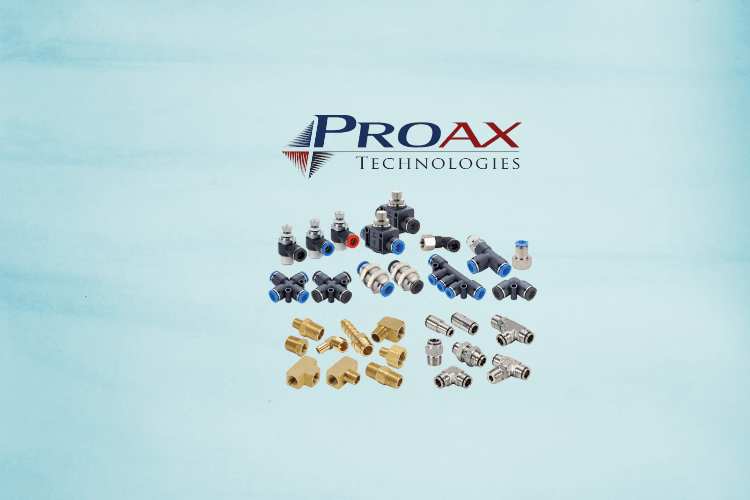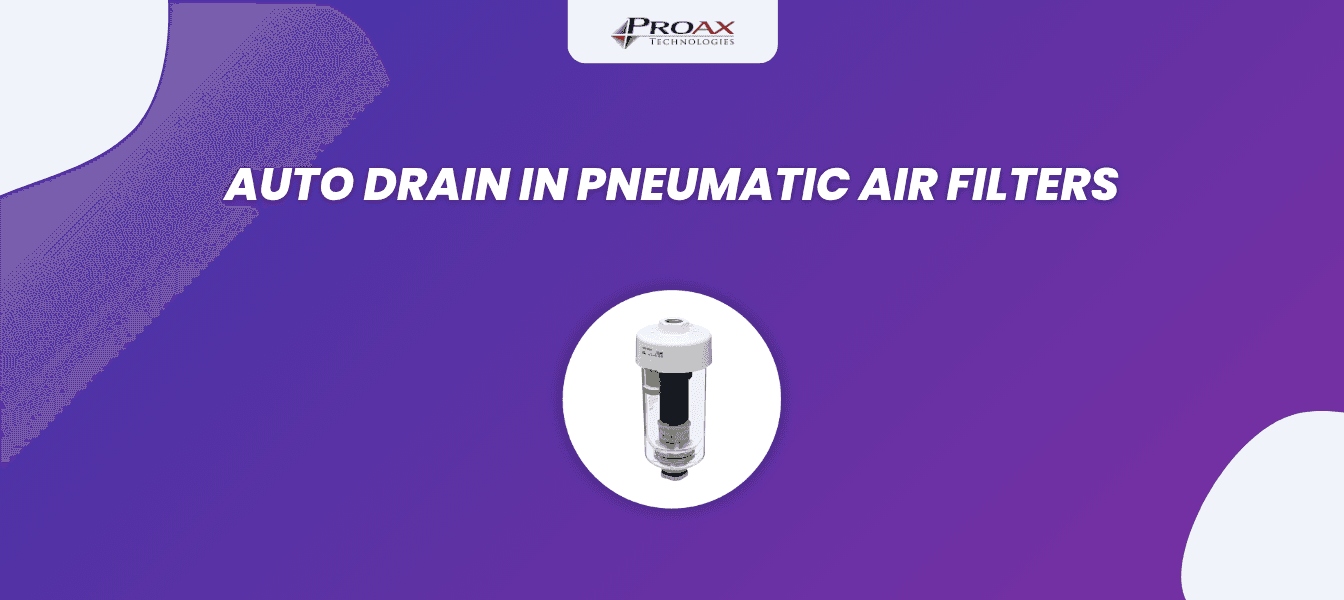Pneumatic fittings are more than an instrument for those who work in industries that rely on pressurized fluid power systems; they are a lifeline. This article will address frequently asked concerns regarding pneumatic fittings, including their types, where can you shop pneumatics fitting in Canada, how they compare to hydraulic fittings, their connection procedure, and why they may be superior to hydraulic systems.
What Is Pneumatic Fitting?
Pneumatic connectors are essential components of pneumatic systems that allow for compressed air or gas transport. These connectors connect the tubing, hoses, and other parts of pneumatic systems, allowing for the safe and efficient transfer of air or gas.
Due to their high dependability, efficient operation, and simplicity of maintenance, pneumatic systems are widely used in the manufacturing, construction, and transportation industries.
Pneumatic Fittings Vs. Hydraulic Fittings
Connecting pneumatic fittings is typically straightforward. Here's a simplified process:
- Select the Right Fitting: Ensure the fitting is the right size and style for your pneumatic system.
- Prepare the Tubing: Make sure the tubing end is cut straight and clean.
- Insert the Tubing: For push-to-connect fittings, simply insert the tubing into the fitting until it is secure. For threaded fittings, thread the fitting onto the component, and for barbed fittings, push the fitting into the tubing.
- Check the Connection: Check for leaks and ensure the connection is secure.
Types of Pneumatic Fittings
SMC offers extensive pneumatic fitting options, effectively meeting various application requirements. One-Touch Fittings, Specialty Fittings, and Inch-Metric Conversion Fittings are distributed by Proax.
One-Touch Fittings: These are created with simplicity and speed in mind. The tubing connects with a single touch, making it a superior option for fast and efficient pneumatic installations. They facilitate the installation procedure and reduce operational downtime.
Specialty Fittings: These fittings are designed to meet specific and unique requirements. Specialty Fittings from SMC are the optimal solution for applications where standard fittings may not provide optimal performance. They are designed to manage difficult situations and ensure that your system performs optimally regardless of the circumstances.
Inch-Metric Conversion Fittings: These fittings are essential for integrating equipment from various regions or industries that use different measurement systems. SMC's Inch-Metric Conversion Fittings facilitate the transition between inch and metric systems, ensuring compatibility and operation within your pneumatic system.

How to check Pneumatic Fitting Connection?
1. Visual Examination
Examine the fittings and connections for apparent signs of damage or wear. This may include fractures, rust, or excessive wear, indicating replacement needs.
2. Leakage Detection
There are multiple methods for detecting leaks in pneumatic systems. Using a detergent water solution is one of the simplest methods. This is how it work:
- In a spray bottle, combine detergent and water to form a solution.
- Spray the key on the connections and connectors.
- Watch for bubble formation. If they do, there is a breach.
- Remember that some violations may be minimal and difficult to detect, so
3. Listen for Leaks
In quiet environments, hearing air escaping from the system is sometimes possible. It is not always effective, particularly in a raucous workplace, but it can help identify issues.
4. Use a Pressure Gauge
If the system has a pressure gauge, the pressure should be checked. If it is less than anticipated, it may indicate a breach in the system.
5. Conduct a Drop Test
- After pressurizing the system, turn off the air supply.
- Over a while, the pressure gauge should be observed.
- A decrease in pressure indicates a breach.
6. Use Leak Detection Equipment:
Various types of leak detection equipment are available for larger systems or professional use, including ultrasonic leak detectors that detect high-frequency sound waves generated by a gas or air leak.
7. Fittings' degree of snugness:
Check that all fittings are adequately tightened. Remember that excessive compression can also cause issues, so the key is to find the proper balance.
Safety Reminder: Adheres to all applicable safety guidelines when working with pneumatic systems. Before checking for leaks, it is often best to depressurize the procedure and always don the proper safety equipment.
Proax, is an elite distributor of SMC Pneumatics, offers a complete suite of pneumatic solutions with 60+ years of industry knowledge, diverse product portfolio, robust customer support, and customized training. We're here to assist you in selecting the ideal pneumatic fitting for your specific requirements. Contact us immediately for superior service.














































